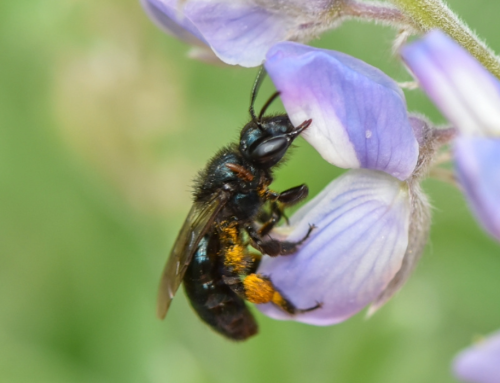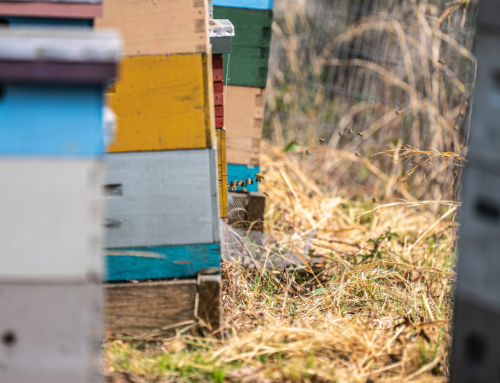Canadian beekeepers in Alberta, Manitoba and Ontario have recently reported major colony losses, with varroa mites and other factors blamed. In BC, varroa mites are also a problem. Varroa mites are a virus-carrying parasitic arachnids that feed on honey bees, attack bee colonies, and can cause mass devastation. The heat dome that occurred this past summer and early spring temperatures may be contributors to the increased presence of this pest. In 2021, the Bee BC Program provided funding to a project: Varroa Control, Optimized Colony Health Through Insulated Long Langstroth Development, which was designed to help develop and test solutions for beekeepers to avoid this pest.
Varroa Mite Control Through Insulated, Long Langstroth Development
In 2021 a Bee BC funded project was undertaken that involved using an insulated langstroth box to reduce the risk of mites. The research showed that varroa mites are prevented from multiplying when the temperature remains above 35° C. Thus, In order to reduce the mites, the temperature inside the hives must be consistently above 35° C throughout winter. Maintaining this temperature in a traditional langstroth box structure is difficult because it results in a in damp environment, which risks killing the bees. This project tested out insulating and ventilating the hives in an effort to keep the hive at an optimal temperature and humidity year round to reduce varroa reproduction.
This project resulted in a number of key successes:
- All 10 colonies were thriving at the end of the project
- In addition to the 10 colonies, 5 nucs were overwintered successfully in the free space in the hives that suffered the least deterioration
- The honey stores increased with the increase in the number of colonies in the same area as previous years
Continuing to Test New Methods of Varroa Control
After the success of testing ventilated hives, the project researchers continued by testing another method of controlling Varroa mites. The team continued to use their method of hive ventilation but introduced metal hives. The metal hives provided an air tight structure, which resulted in temperature fluctuations being reduced.
Key successes:
- 90% of the colonies survived, even through the summer heat dome
- 100% of the colonies remained below 2% mite levels throughout the year this mean no mite treatment was required
In addition, the team noted that the air tight, metal hive more closely resembled a tree, bees evolutionary homes, providing further benefit to the colonies.

This project has been supported by the Bee BC program which is delivered by the Investment Agriculture Foundation of BC, with funding from the Government of British Columbia.










